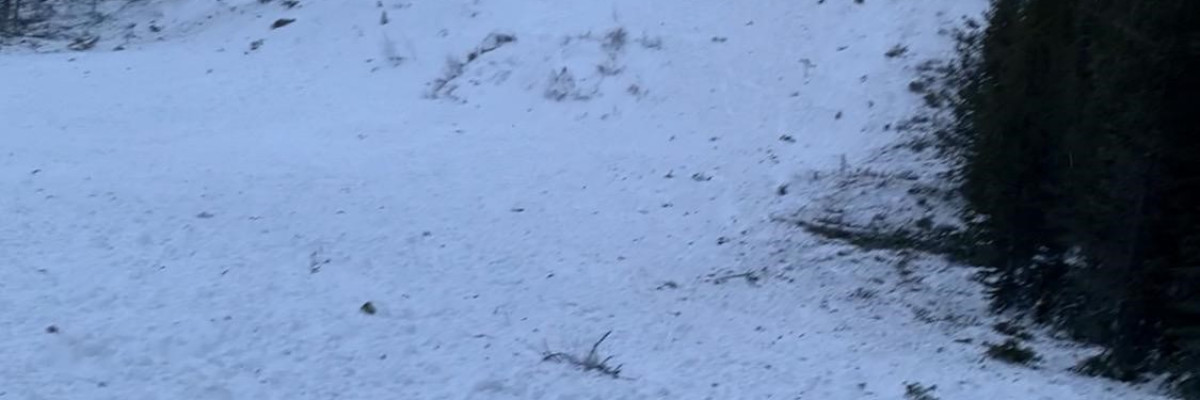An avalanche warning has been issued for the southern Mission, southern Swan, Rattlesnake, and southern and central Bitterroot mountains. The avalanche danger for the west central Montana backcountry is HIGH. The avalanche hazard is increasing with elevated temperatures, wind, and precipitation. Human-triggered avalanches are certain, natural avalanches are likely. Very large, destructive avalanches are possible. Travel in avalanche terrain is not recommended. This avalanche warning is valid for 24 hours. The avalanche warning will either be extended or terminated at 6:00pm on February 23, 2021.
Weather and Snowpack
Strong winds and rising temperatures are creating dangerous avalanche conditions. Up to 2″ of SWE is forecast for the next 12 hrs and snow will continue until Wednesday. Deep faceted layers are being stressed and reawakened by wind, temperatures, and snow load. A D4 avalanche that uprooted mature trees and ran the full length of the historic path released naturally in Lost Horse in the central Bitterroot yesterday evening, stepping down to ground. There have been multiple reports of whumpfing and settling on basal facets in the Bitterroot in the past week, indicating an unstable structure that could fail catastrophically. The Rattlesnake has facet layers on north aspects. These faceted layers are being rapidly loaded. Winds are creating dangerous wind slabs that are growing rapidly. In the southern Swan, these have been failing naturally for the past 24 hrs. Cornices are huge, growing, and unstable. Cornice fall or windslab could step down to deeper layers. Sections of basal facets that could be overloaded exist throughout the region and avalanches similar to the one in Lost Horse are possible.
The Bottom Line
Travel in avalanche terrain is not recommended. Avoid being under run-out zones, avalanches may be remotely triggered, and run to historic limits. You can trigger an avalanche remotely from the side, below, or above you. Expect the avalanche danger to be elevated as snow and wind continue.
This warning will be terminated or extended tomorrow at 6:00pm.
Ski and ride safe.
























